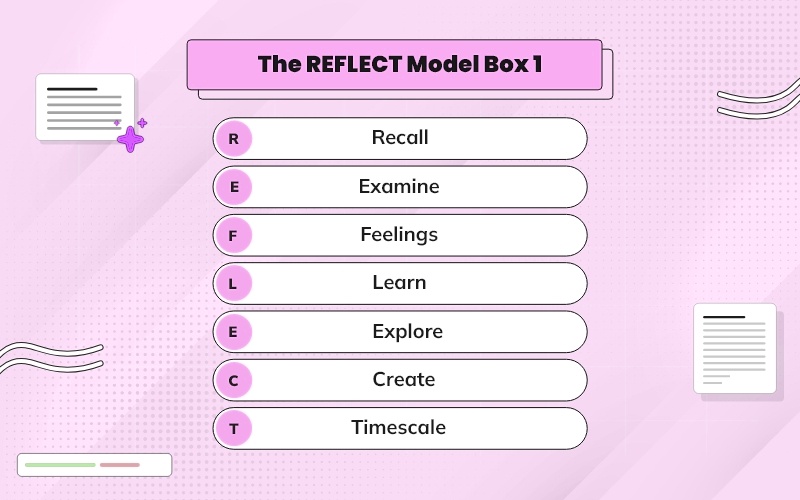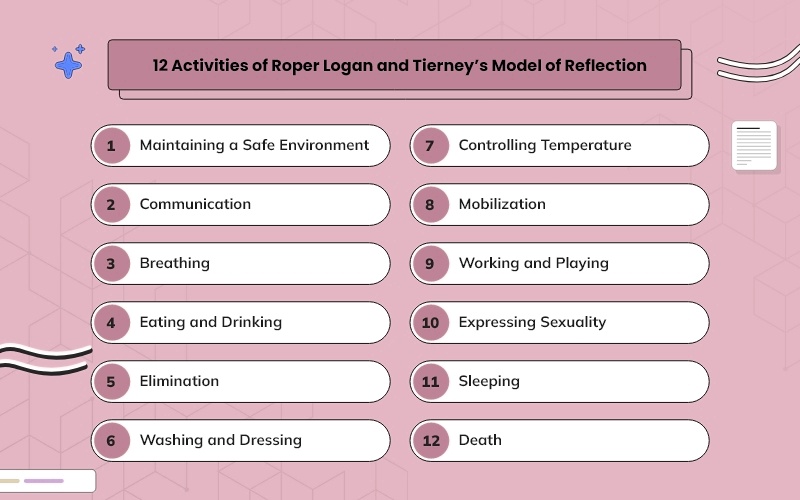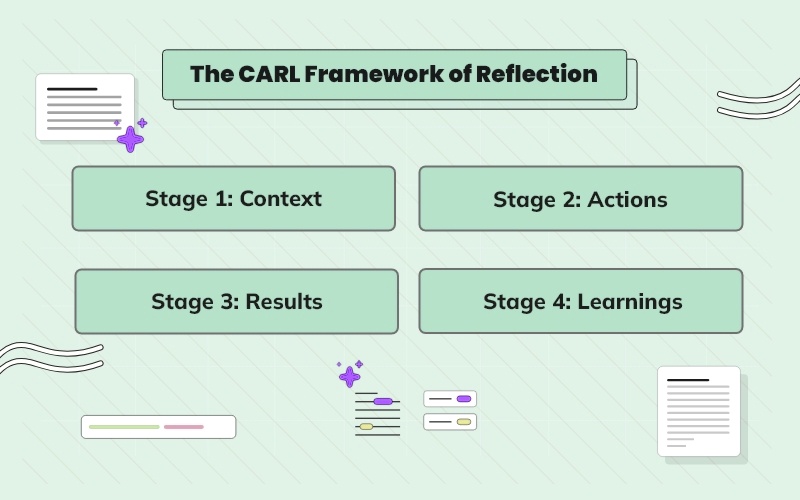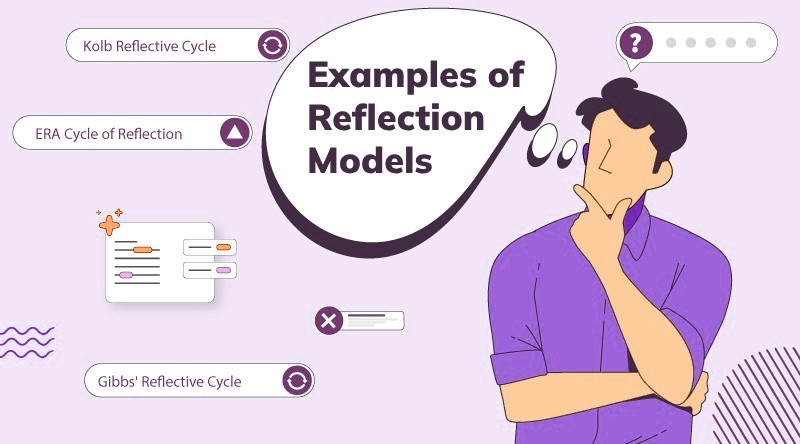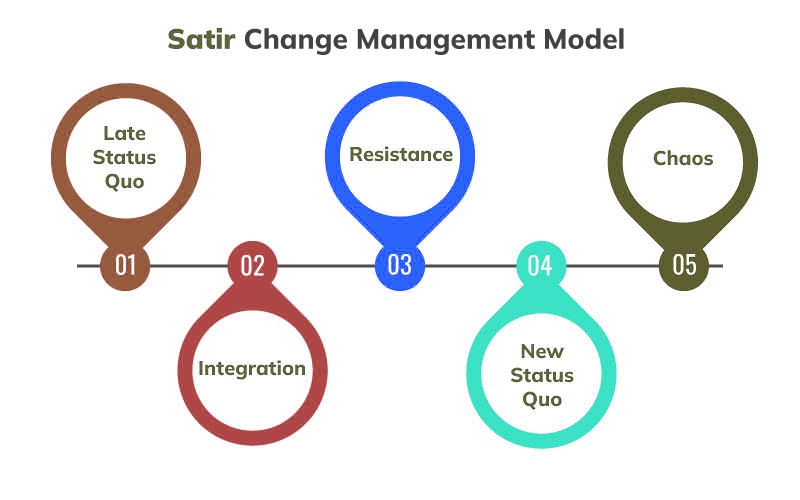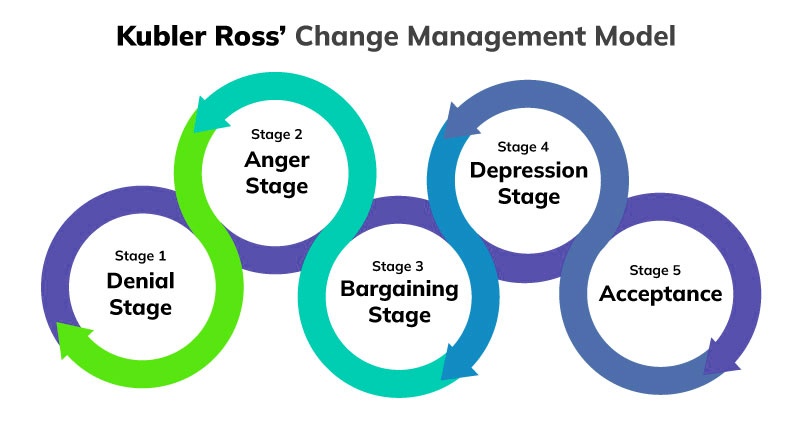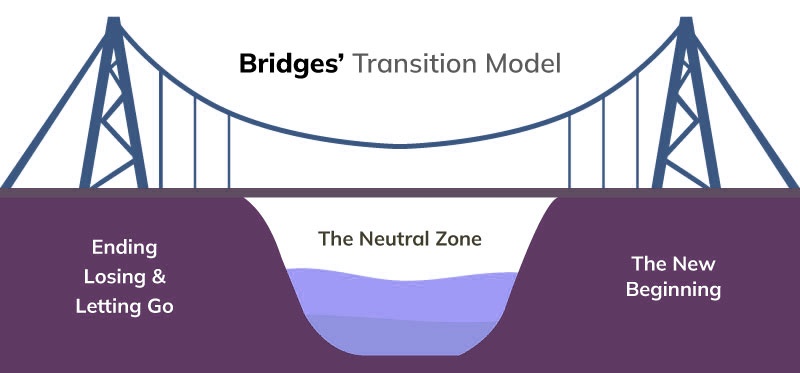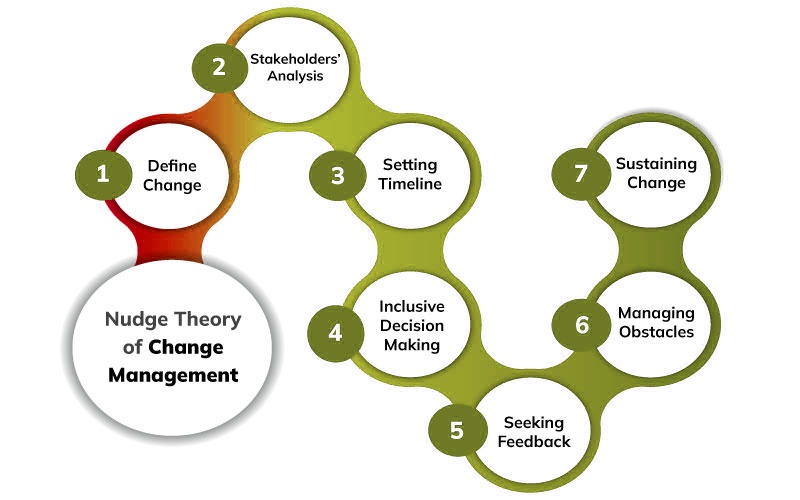Overview
Till now, we have discussed various models of reflection used mainly in nursing. But, do you know that there is one model out of all the reflection models specifically developed to promote reflection in the field of teaching? It is brookfield reflective model that was given by Brookfield in 2005. This model of reflection identified two main purposes of reflection which include determining the impact of power in an educational setting and the second is to question the assumption and practices that make the lives of individuals look easier. Once individuals have experienced situations, individuals may aim to learn from them through reflection on experience and learnings gained from such situations.
Table of Contents
Four different Brookfield lenses
For this purpose, teachers can use the brookfield reflective model as this model aims to look at situations from four different lenses which are discussed as follows:
Lens 1: Autobiographical lens
In an autobiographical lens, a teacher may consider a situation about past experiences and current feelings and reactions regarding it.
Lens 2: Students' eyes
Focusing only on self-reflection is not enough to learn. Individuals need to focus on the experiences of others to determine exactly what happened. Students' views can also be considered by a teacher while reflecting on a past situation. This can include engaging students in reflective practice to properly reflect on past situations, identify feelings as well as experiences of other individuals and learn from such situations. This can include in-class evaluations, letters, questionnaires, focus groups, formal evaluations, etc. (Ndebele, 2014).
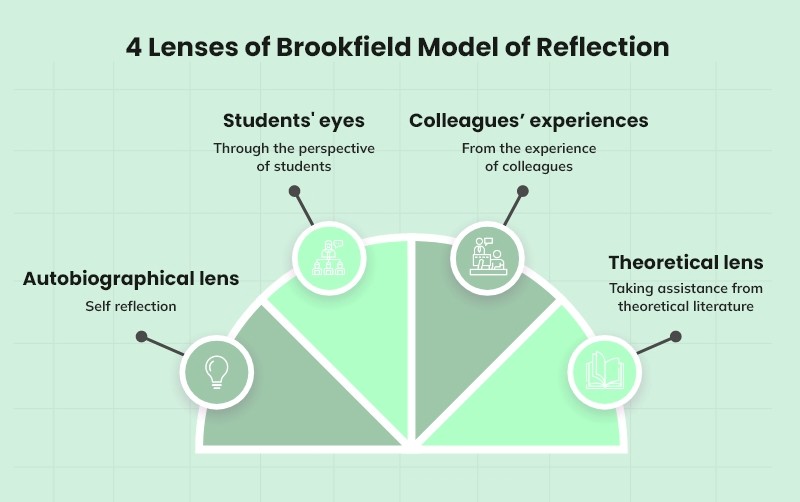
Lens 3: Colleagues’ experiences
Teachers can also consider their colleagues’ views to gain new insight into what happened and what can be done to improve their teaching practices.
Lens 4: Theoretical lens
The fourth lens is the theoretical lens which includes a need to consult the literature to gain a better understanding. This stage helps to consider the theoretical context to further improve the quality of teaching.
This model of reflection is used in a classroom setting to improve professional development. The use of the Brookfield model also helps to promote continuous learning and development which is also important in the education environment (Bulpitt & Martin, 2005). In addition to this, the use of this model can also help to focus not only on teaching but on assessing the effect of teaching on student learning, considering new methods for improving teaching, etc. Thus, this model can help to promote students’ learning process.
References
Bulpitt, H., & Martin, P. (2005). Learning about reflection from the student. Active Learning In Higher Education, 6(3), 207-217. https://doi.org/10.1177/1469787405057751




